RNA-seq of Aethionema arabicum dry seeds. There are two seed types: larger non mucilaginous seeds (NM) from indehiscent fruits (IND) and smaller mucilaginous seeds (M) from dehiscent fruits (DEH).
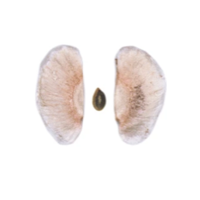

Open indehiscent fruit of Ae. arabicum with a Non mucilaginous seed (left). Open dehiscent fruit with dry mucilaginous seeds (right).
Aethionema arabicum accession 0000309 (collected from Turkey and obtained from Kew’s Millennium Seed Bank, UK) and ES1020 (collected from Turkey and obtained from Eric Schranz, Wageningen) plants were grown on soil under long-day conditions (16 h light/20°C and 8 h dark/18°C). Freshly matured seeds from dehiscent (harboring M+ seeds) and indehiscent (harboring NM seeds) fruits derived from several plants were harvested. Two replicates of 20 mg fresh dry M+ and NM seeds, resulting in four samples in total, were sequenced using a HiSeq-2000 sequencer (Illumina) generating 100 bp single-end reads, which were processed, analyzed and normalized to RPKM.
This dataset was published by Wilhelmsson et al. 2019 and raw data can be found in the BioProject PRJNA413671.
RNA-seq of Aethionema arabicum TUR fruit development, from flower buds to immature fruits at their full length. There are two fruit types: indehiscent fruits (IND) and dehiscent fruits (DEH).
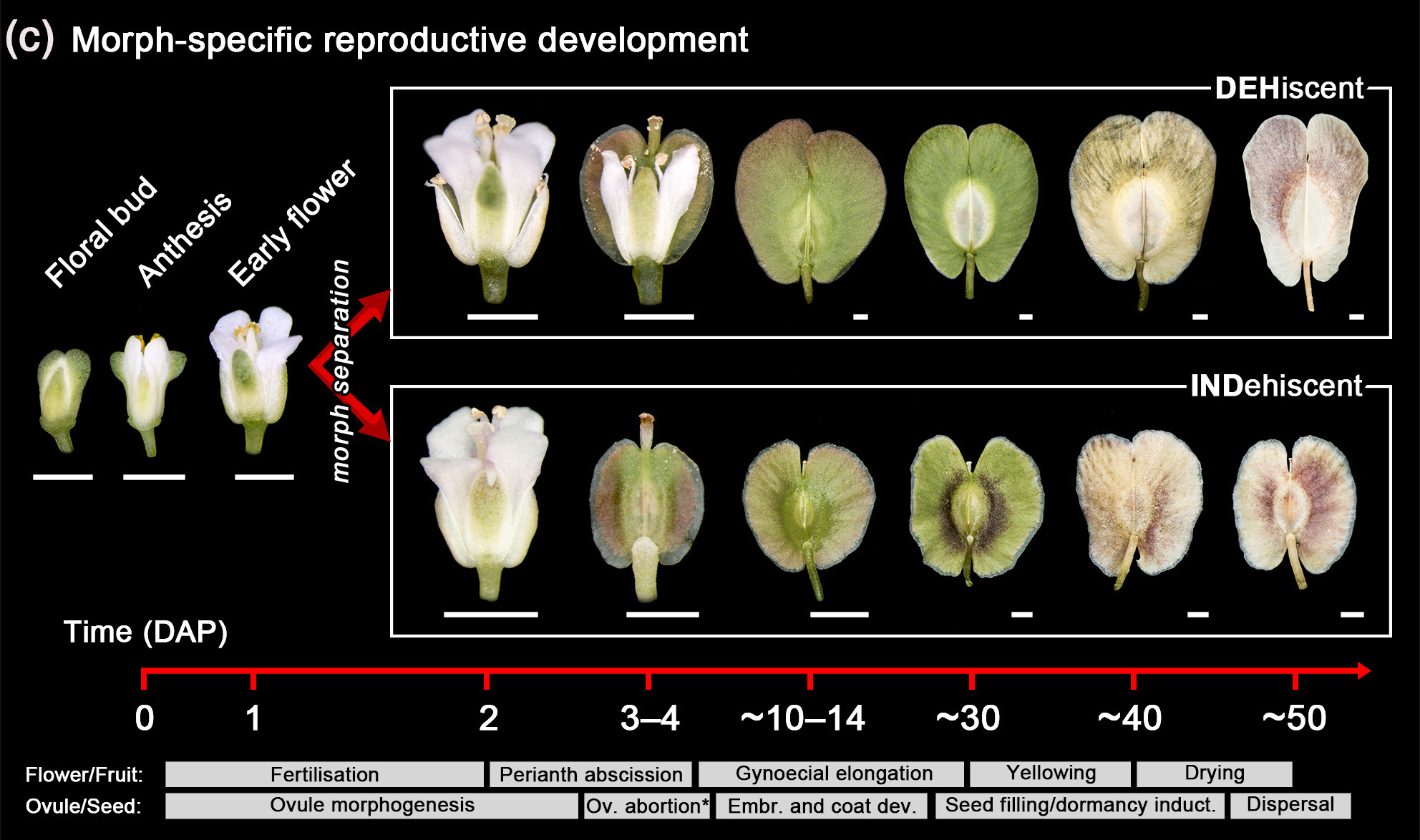
Floral bud (0 DAP), flowers at anthesis (1 DAP), and immature fruits at their full length (30 DAP, before the onset of yellowing and drying).
Plants of Aethionema arabicum were grown from accession no. ES1020, in Levington compost with added horticultural grade sand (F2 + S), under long-day conditions (16 h light/20°C and 8 h dark/18°C) in a greenhouse. The days after pollination (DAP) were defined phenotypically as the time at which the flowers open (anthesis) and the four long stamens extend over the gynoecium. Floral buds (0 DAP), flowers at anthesis (1 DAP) and immature fruits at their full length (30 DAP, before the onset of yellowing and drying) were harvested from second-order branches of plants that grew undisturbed (IND) or from the main branch of plants where side branches were constantly removed during development (DEH). Four biological replicates were sequenced using 50-bp single-end mode on Illumina® HiSeq 2000, which were processed, analyzed and normalized to RPKM.
This dataset was published by Arshad et al. 2021 .
RNA-seq of Aethionema arabicum diaspores imbibed at a range of temperatures.

Diaspores included the natural M+ seed and IND fruit diaspores and bare M- seed (artificially created through pericarp removal) (A). M+ seed and IND fruit diaspores have contrasting germination at different temperatures with IND fruit germination restricted to lower temperatures than M+ seed diaspores. Pericarp removal (M-) permits germination at higher temperatures. Increased temperature during reproductive growth of the parent plant also influences germination temperature response, allowing for higher percentage of germination on IND fruits. Seeds and fruits were sampled dry and during imbibition at timepoints allowing comparison of physiological germination stage (time of 1% germination, T1%) and physical timepoints (e.g. 24 hours) (C). 3 replicates of each treatment were performed.
Experimental naming scheme for Aethionema arabicum RNAseq and hormone samples. The names encode the following information as: [Genotype][Maternal temperature][Morph][Imbibition temperature][Imbibition duration]-[Replicate number]
| Argument | Options | Description |
|---|---|---|
| [Genotype] | T | TUR (Turkey) |
| [Maternal temperature] | 20, 25 | Plants grown at 20ºC or 25ºC |
| [Morph] | p, m, i | M+ seeds, M- seeds, IND fruits |
| [Imbibition temperature] | xT, DRY | x = Integer, dry seeds |
| [Imbibition time] | yh | y = Integer, blank for dry seeds |
| [Replicate number] | 1,2,3,4 | biological replicate |
For example, 'T20p9C24h-1' refers to M+ seeds from TUR ecotype plants grown at 20ºC, imbibed at 9ºC for 24 hours, replicate number 1. 'T25mDRY-2' would refer M- seeds from TUR plants grown at 25ºC, and dry, no imbibition temperature or time.
Raw data can be found in the BioProject PRJNA639669 and PRJNA611900.
RNA-seq of Aethionema arabicum TUR and CYP seeds exposed to darkness and light.
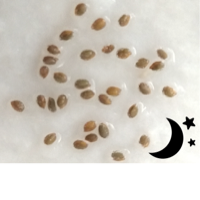
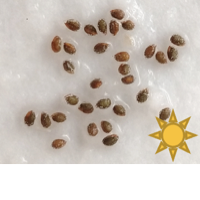
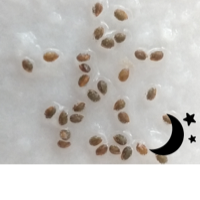

The seed germination in response to light shows natural variation in two accessions of Aethionema arabicum (Brassicaceae). One accession from Turkey (TUR) germinates well in darkness and light, while another closely related accession from Cyprus (CYP) germinates only in the dark. To understand the transcriptional differences between the two accession, we performed RNA-seq analysis from imbibed seeds, which were kept either in darkness or under light for 23 hours.
This dataset was published by Mérai et al. 2019
RNA-seq of Aethionema arabicum CYP seeds exposed to different light conditions.
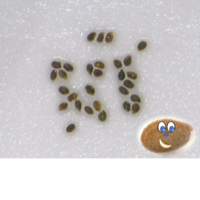

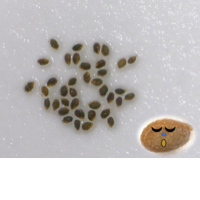
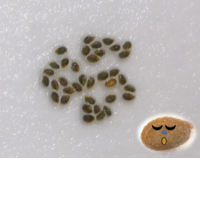
The seeds of one Ae. arabicum accession from Cyprus (CYP) germinates only in the dark, while light inhibits the germination. This phenotype if also called photoinhibition, or negative photoblasty. Extended light illumination also induces secondary seed dormancy, when the seeds are not germinating even when they are transferred back to the optimal dark condition. To investigate the transition from photoinhibition to photodormancy, transcriptome of CYP seeds where compared under the conditions when they are inhibited but not yet dormant (1 day light), or when the light induced secondary is already established ( 7 or 14 days light). A further dormant sample ( 7 days light+7 days dark) is used to differentiate those expressional changes, which are due to the light stress from those which are associated with secondary dormancy.
RNA-seq of Aethionema arabicum CYP and rgl2 seeds exposed to different light conditions.


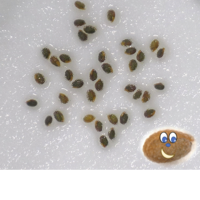

The seeds of one Ae. arabicum accession from Cyprus (CYP) germinates only in the dark, while light inhibits the germination. This phenotype if also called photoinhibition, or negative photoblasty. Extended light illumination also induces secondary seed dormancy, when the seeds are not germinating even when they are transferred back to the optimal dark condition. A mutant seed collection in the CYP accession of Ae. arabicum was explored to identify mutants in which the photoinhibition and the secondary dormancy is decoupled. The seeds of rgl2 mutant do not germinate under light as the photoinhibition is operating but the seeds fail to enter the secondary dormancy. Seeds of WT and rgl2 genotype were compared after 1 day light treatment when the photoinhibition occurs but the seeds not yet dormant; and after 7 days light, when the WT seeds established secondary dormancy but the rgl2 seeds not.
RNA-seq of Aethionema arabicum (Turkey ecotype) germinating seeds, germinated seeds and early seedlings derived from natural M+ seed and IND fruit diaspores and bare M- seed (through pericarp removal). Germinating seeds imbibed at 9°C were sampled at the physiological stages of 1% germination (T1%) and 100% germination (T100%). Root and shoot tissues of seedlings were sampled 72 hours and 240 hours after post-germinative growth at 30°C (A).

Sample nomenclature starts with D, followed by the genotype (T, Turkey), paternal temperature (20), origin diaspore morphotype (p, m or i for M+, M- and IND, respectively), tissue type (seed, root or shoot) and timepoint in hours (e.g. 52h).
Raw data can be found in the BioProject PRJNA639399.